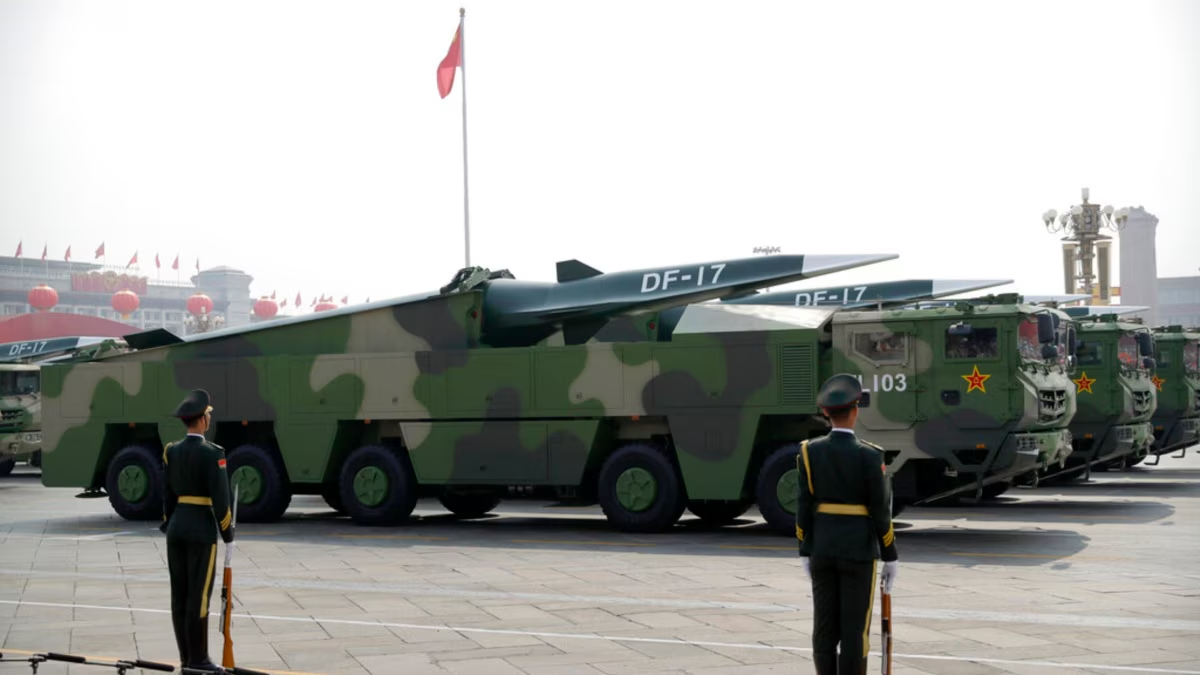Amid intensifying fears of Russian aggression, Germany is taking sweeping steps to bolster its civil defense infrastructure, including compiling a nationwide list of emergency shelters and bunkers. The announcement, made by the Interior Ministry on Monday, underscores the growing anxiety in Europe as tensions with Moscow continue to rise.
A network of safety: Germany’s plan for civilian protection
The ambitious project will map out thousands of potential shelters, from subway stations and parking garages to public buildings and private properties. To ensure accessibility in a crisis, the information will also be digitized, allowing citizens to locate nearby shelters through a smartphone app.
“People will also be encouraged to create their own shelters at home, converting basements and garages,” said a ministry spokesperson, emphasizing the importance of personal preparedness.
While the exact timeline for completing the initiative remains unclear, officials acknowledge that it is a “major project” requiring collaboration with the Federal Agency for Civil Protection and Disaster Assistance, as well as other authorities.
Germany already has 579 bunkers capable of housing approximately 480,000 people, but these numbers pale in comparison to the nation’s population of 83 million. Most of these bunkers date back to World War II and the Cold War, a stark reminder of Europe’s turbulent past. Decades ago, Germany boasted around 2,000 shelters, but many were decommissioned in the post-Cold War era.
A race against time amid NATO tensions
The renewed focus on civil defense comes as NATO allies brace for potential fallout from Russia’s increasingly aggressive posture. Since the invasion of Ukraine in February 2022, fears of Moscow targeting a NATO member have grown significantly. Germany, a NATO member since 1955, finds itself at the heart of this geopolitical tension.
In October, German intelligence officials warned that Russia could possess the capability to launch an attack against NATO by 2030. These warnings are compounded by recent statements from Russian President Vladimir Putin, who last week described the Ukraine conflict as having taken on the dimensions of a “global war” and refused to rule out strikes against Western powers.
A chilling legacy revisited
Germany’s decision to reactivate and expand its shelter network reflects the chilling echoes of its wartime history. Many of the existing bunkers were relics of a bygone era, but with global threats mounting, they are being thrust back into relevance.
The strategy, developed over months and agreed upon during high-level meetings in June, seeks to address a sobering reality: modern warfare no longer spares civilian populations. The urgency of such preparations signals a grim acknowledgement that Europe must be ready for scenarios once considered unthinkable.
A nation on edge, a continent holding its breath
As Germany races to prepare its population, the broader European community watches closely. While bolstering shelters is a prudent move, it also underscores the fragile state of global security. The specter of a full-scale NATO-Russia confrontation looms larger than ever, leaving governments scrambling to prepare for what was once the domain of dystopian fiction.
The stakes could not be higher, and Germany’s actions serve as a wake-up call to the rest of the world: the era of peace and stability many hoped for after the Cold War is now under serious threat.








